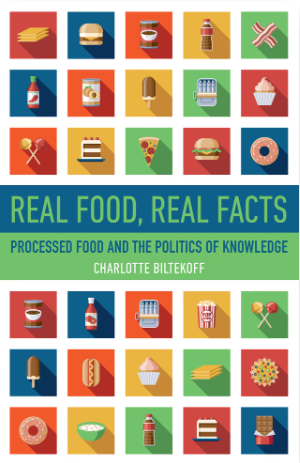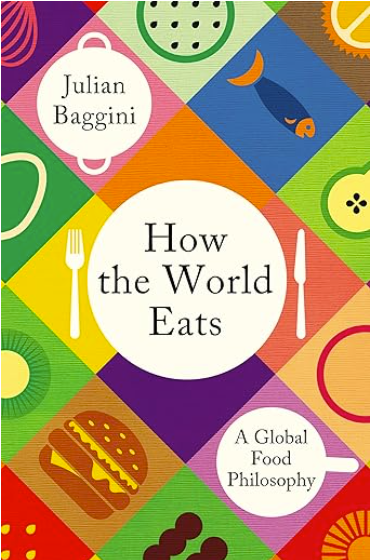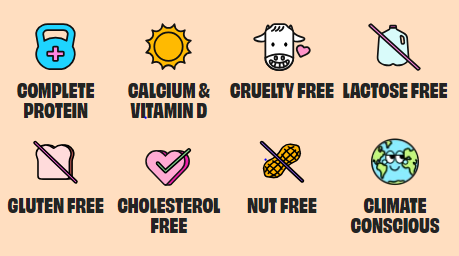Industry-funded study of the week: grape extract and cognition
The study: Amone F, Spina A, Perri A, Lofaro D, Zaccaria V, Insolia V, Lirangi C, Puoci F, Nobile V. Standardized Grape (Vitis vinifera L.) Extract Improves Short- and Long-Term Cognitive Performances in Healthy Older Adults: A Randomized, Double-Blind, and Placebo-Controlled Trial. Foods. 2024; 13(18):2999. https://doi.org/10.3390/foods13182999
Background: Cognitive decline, a common consequence of aging, detrimentally affects independence, physical activity, and social interactions. This decline encompasses various cognitive functions, including processing speed, memory, language, and executive functioning.
Purpose: This trial aimed to investigate, with a double-blind, placebo-controlled clinical trial on 96 healthy older adults, the efficacy of once-daily 250 mg of a standardized grape (Vitis vinifera L.) juice extract (Cognigrape®) in improving short- and long-term cognitive functions.
Results: The results revealed significant improvements across multiple cognitive domains, notably immediate and delayed memory, visuospatial abilities, language, and attention, with improvements occurring within just 14 days, which continued to improve after 84 days of supplementation.
Conclusion: These positive results highlight the potential this natural grape extract has on improving cognitive function both acutely and chronically in a healthy aging population, which in turn supports a longer health span, at least cognitively.
Funding: This research was funded by Bionap S.r.l. (95032 Piano Tavola Belpasso, CT, Italy). The APC was funded by Bionap S.r.l. (95032 Piano Tavola Belpasso, CT, Italy).
Conflicts of Interest: V.Z. is a Bionap S.r.l. employee. This does not alter the author’s adherence to all the journal policies on sharing data and materials. The other authors declare no conflicts of interest. The funder had no role in the design of the study; in the collection, analysis, or interpretation of data; in the writing of the manuscript; or in the decision to publish the results.





